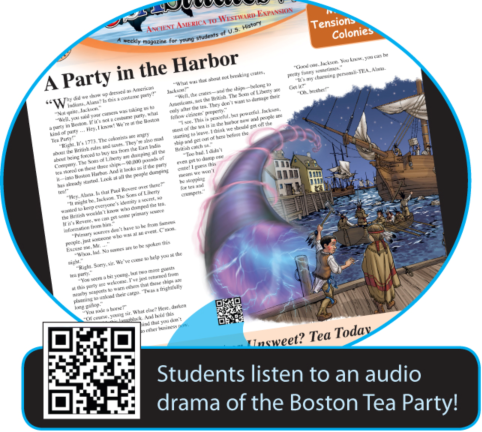Innovation in the Classroom = “Highly Effective” Ratings on Teacher Evaluations

by Guest Blogger Kim Mogilevsky
Educators are now entering the third year of Race to the Top initiatives. The majority of states are in the process of rolling out new reform and strategies in order to demonstrate to our federal government that they are indeed meeting requirements such as “Designing and implementing rigorous standards and high-quality assessments…attracting and keeping great teachers and leaders in America’s classrooms, by expanding effective support to teachers and principals; reforming and improving teacher preparation; revising teacher evaluation, compensation, and retention policies to encourage and reward effectiveness…using innovation and effective approaches.”
Most states use Comprehensive Assessment Tests within their public schools which tie student achievement to teacher pay and/or district rewards and ratings. Some states use the Marzano Teacher Evaluation, the Danielson Framework, or Goals and Roles Assessment and Evaluation Model© developed by Dr. James Stronge. The teachers who are rated "highly effective" are rewarded with additional pay. Most teachers work extremely hard, care deeply about their students, but are rightfully concerned about having their pay tied to their students’ performance on what usually amounts to a once per year high-stakes test. Teachers have virtually no control over what happens outside of their classroom. One thing they might have more control over is their classroom performance and subsequent evaluation. This is where innovation in the classroom can help teachers increase their evaluation scores, remain employed in the field of education—and quite possibly boost their pay!
For example, several school districts in Florida base thirty to fifty percent of a teacher’s evaluation upon FCAT (Florida Comprehensive Assessment Test) scores. The remaining 50 to 70 percent of a teacher's evaluation is obtained through multiple observations where a teacher can earn points. The highest level of points is awarded to "innovative" teacher practices, strategies and activities.
Like you, I want to find cool, "new-tech smell" innovation (that will help boost my teacher evaluation points and eventually my take home pay). I think I have found an answer: QR codes. Teachers can incorporate QR codes into a variety of tasks and activities. Teachers could allow students to check out iPads (some schools do have these) or utilize smart phones in the classroom. I have found QR codes are user-friendly and one cutting-edge basal "textbook" publisher has already added QR codes to their materials - Studies Weekly. Check out a live sample of Studies Weekly’s latest innovation, adding QR codes to social studies curriculum.
I currently use Studies Weekly’s ground-breaking materials in my third grade ESE inclusion model classroom, which is part of a Title I school. I can also recommend a great QR code generator: https://www.sparqcode.com/ - your first five are free. After using Studies Weekly’s QR codes and learning how to generate my own, I have added QR codes to my class newsletters, so parents can scan directly to class’ digital projects, visit online articles or watch educational videos. At the end of the school year I plan to add QR codes to my students' hard copy portfolios so that all of their work, hard copy, or soft copy products, are included. The students and parents love it – and I can demonstrate one more way I am a “highly effective” teacher!
Kim Mogilevsky is a National Board Certified Teacher, professional curriculum writer and blogger for American Legacy Publishing (Studies Weekly).
Tools and ideas to transform education. Sign up below.
